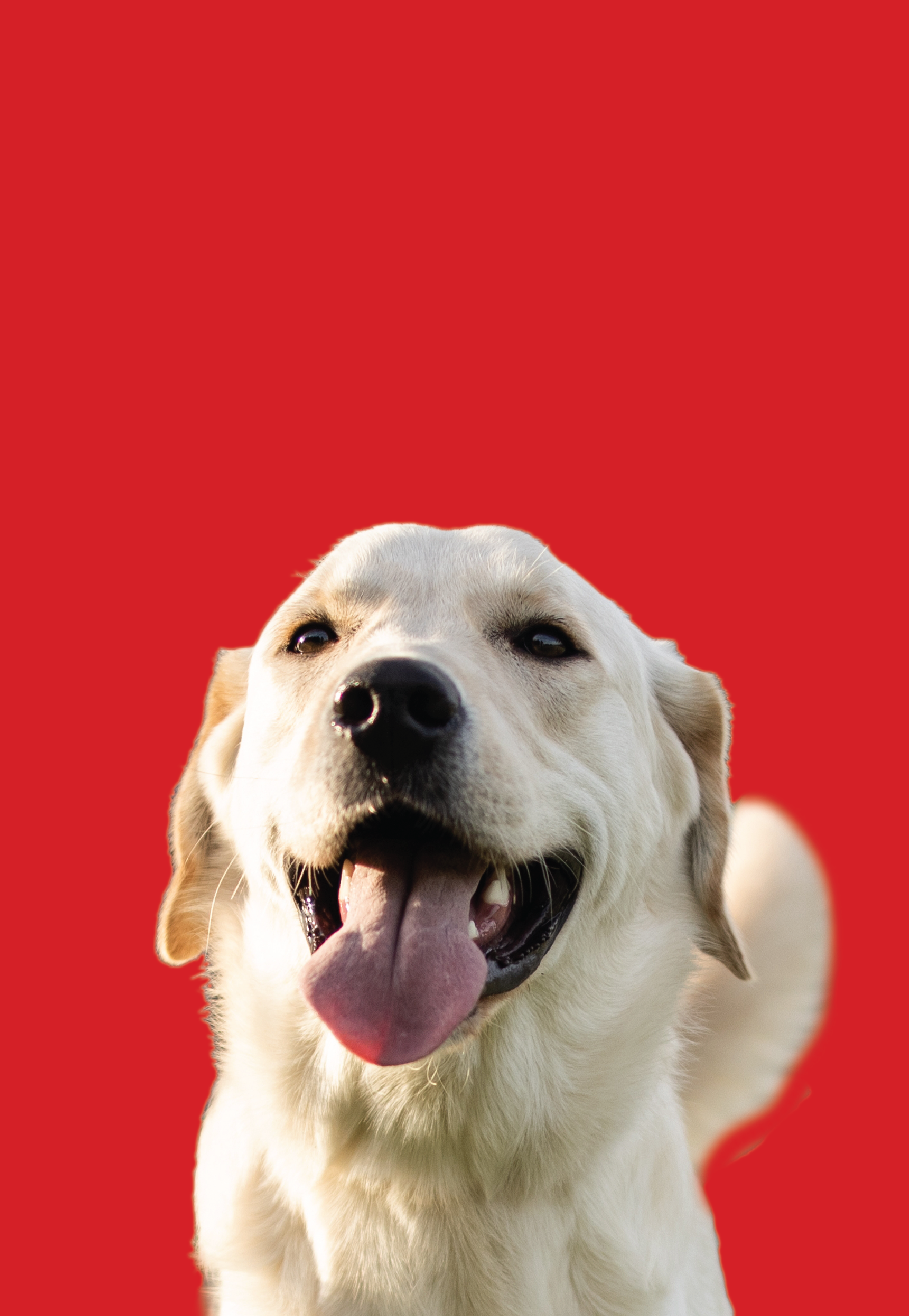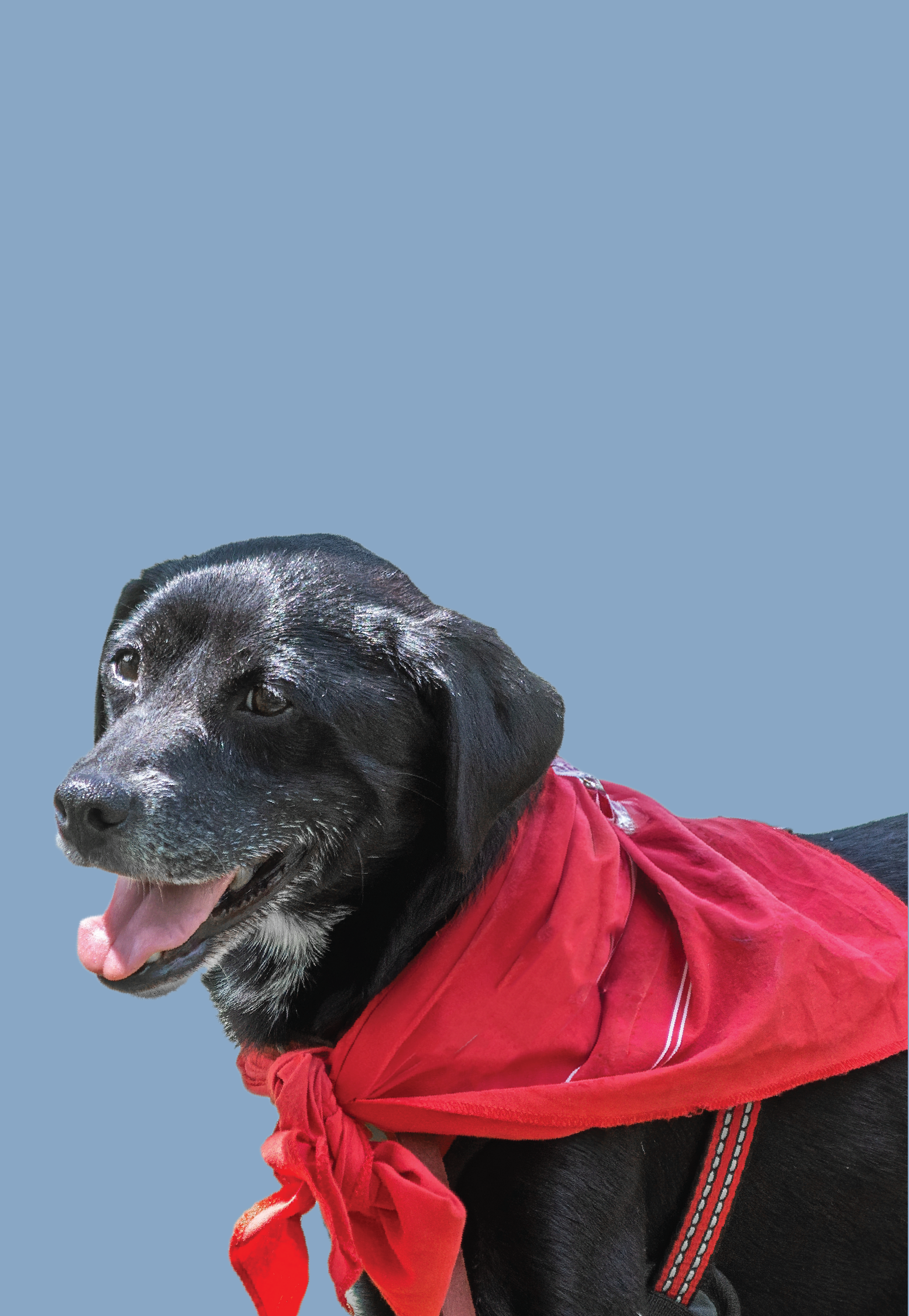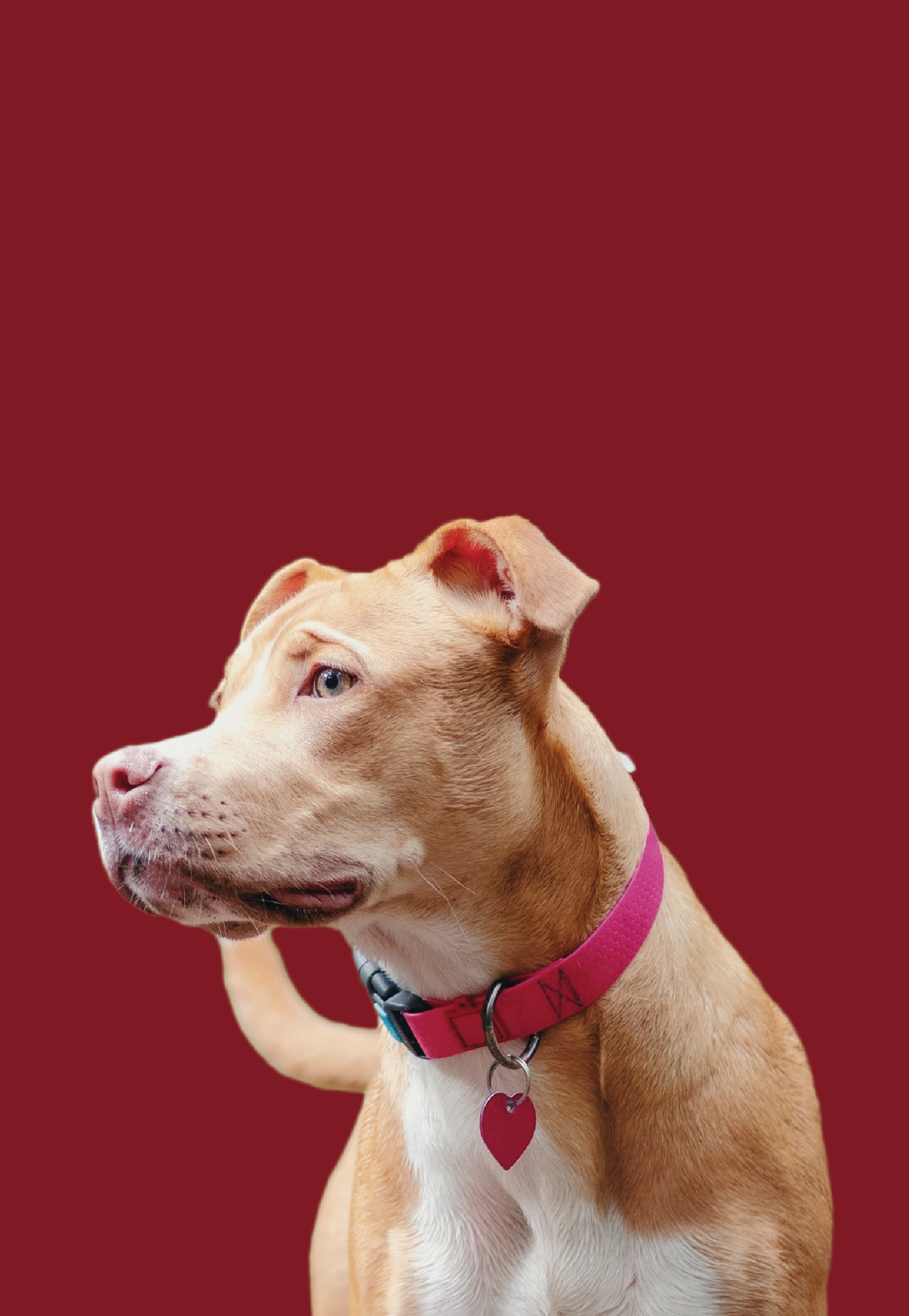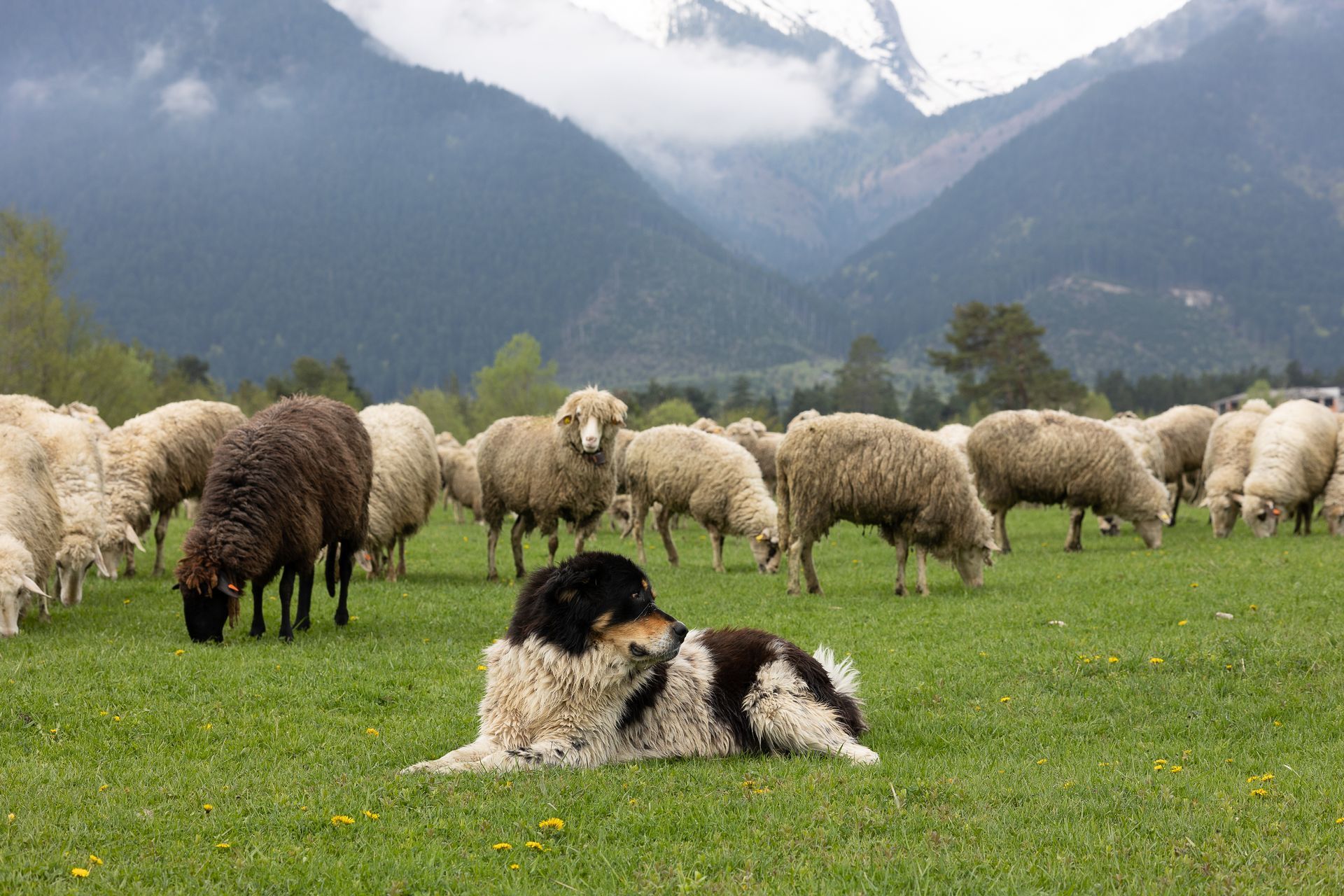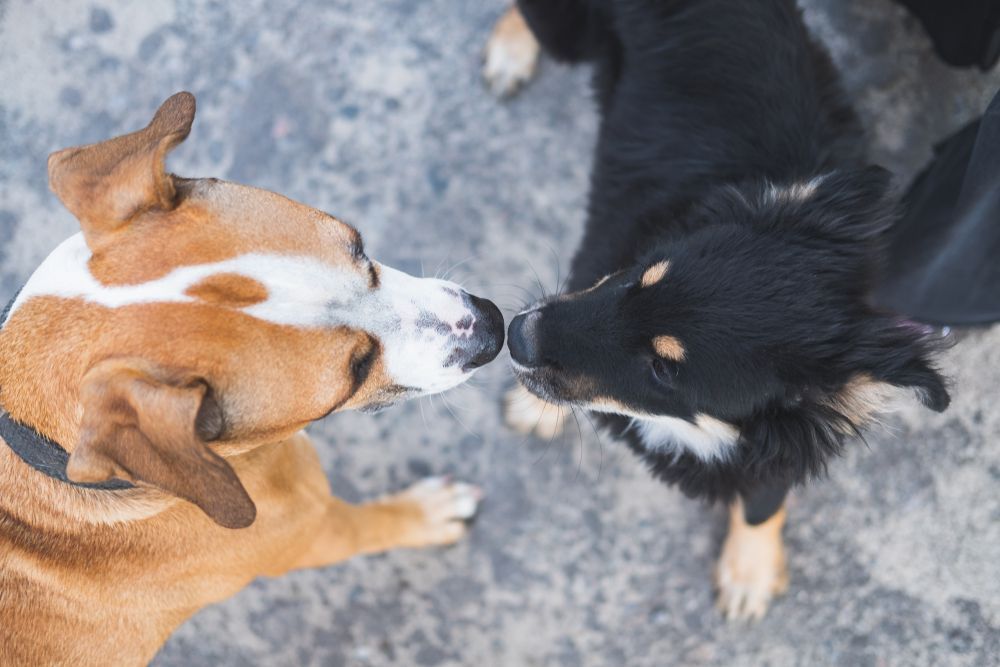How to Crate Train a Puppy: A Beginner’s Guide
Share this Article:
Written by: Always Faithful Dog Training
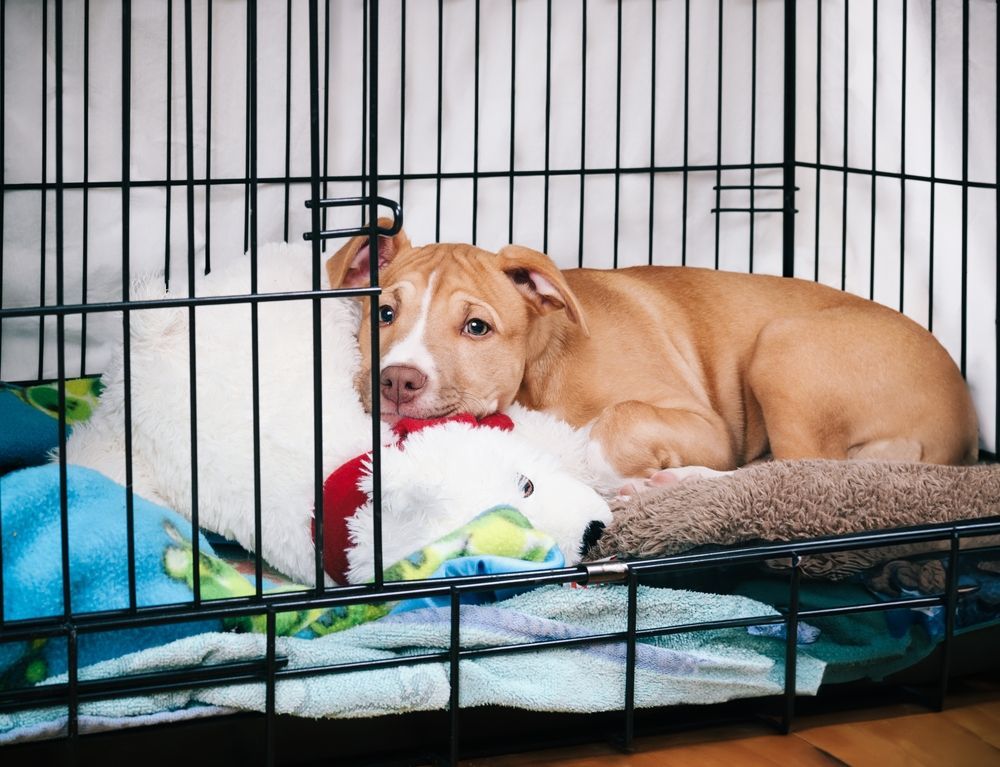
Helping your puppy adjust to their new home starts with creating a structured and predictable routine. Crate training provides a secure place for rest and encourages good habits from the beginning.
Introduction to Crate Training
For a puppy, navigating a new environment can feel overwhelming. A crate offers a consistent, safe space where they can learn boundaries and begin to develop independence. This method helps build confidence and sets the stage for a well-behaved companion.
Why Crate Training is Beneficial
Proper crate training prevents accidents, minimizes destructive behavior, and promotes a sense of calm. For owners, it’s an invaluable tool for managing daily life, offering peace of mind and a more balanced household.
Choosing and Setting Up the Crate
Selecting the right crate and setting it up properly is key to successful crate training. The crate should be a comfortable, inviting space where your puppy feels secure. Placement, size, and setup all play a role in making the crate a positive experience for your puppy.
Picking the Right Size and Type
Choosing the right crate starts with size. The crate should be large enough for your puppy to stand, turn around, and lie down comfortably, but not so big that they can use one end as a bathroom. Adjustable crates with dividers are a great option for growing puppies, as they can be resized as needed.
When it comes to type, options include wire crates, plastic crates, and soft-sided crates. Wire crates offer ventilation and visibility, while plastic crates provide a more enclosed, den-like feel. Choose the style that best fits your puppy’s temperament and your needs.
Creating a Comfortable Environment
Making the crate inviting and cozy is helpful for successful crate training. Try adding soft bedding or a crate pad to create a comfortable resting spot for short time periods while you are home. Include a few safe chew toys to meet your puppy’s desire to chew. If you find the bedding or pad is getting chewed up, remove it until your puppy is old enough to safely return to using it.
Place the crate in a quiet area of your home where your puppy can still feel connected to the family without being overwhelmed by activity. A calm and cozy environment helps your puppy associate the crate with security and relaxation.
Introducing Your Puppy to the Crate
The key to crate training success is introducing your puppy to the crate gradually and positively. By taking small steps and allowing your puppy to explore the crate at their own pace, you can help them feel comfortable and safe. A positive introduction sets the foundation for long-term success and helps prevent resistance or fear.
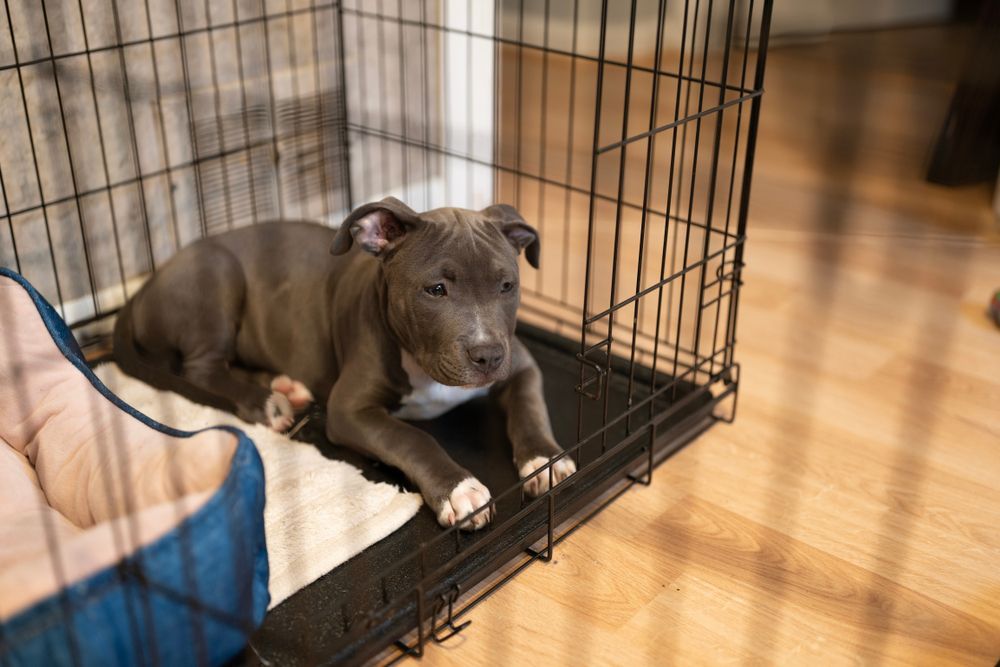
Positive First Experiences
Start crate training by making your puppy’s first interactions with the crate enjoyable. Leave the door open and encourage your puppy to explore it freely, perhaps by tossing in a favorite toy or placing a soft blanket inside. Praise your puppy warmly when they enter, creating positive associations with the space.
Avoid forcing your puppy into the crate. Instead, let them get used to it on their own terms to build trust and comfort. These positive first experiences lay the groundwork for successful crate training.
Step-by-Step Approach to Comfort
Helping your puppy feel at ease in the crate takes a steady, thoughtful approach. Start by pairing crate time with moments when your puppy is naturally calm, such as after exercise or meals. Gradually extend the duration they spend in the crate while maintaining a sense of routine and consistency.
This process teaches your puppy that the crate is a relaxing, familiar space and builds their confidence over time.
Establishing a Routine and Housebreaking
Crate training is most effective when paired with a consistent routine. A well-timed schedule for meals, potty breaks, and crate time helps your puppy learn boundaries and reinforces housebreaking habits. With patience and structure, your puppy will begin to understand when and where it’s appropriate to go.
Starting Short and Gradually Increasing Time
Building your puppy’s comfort with the crate begins with manageable, short intervals. Introduce crate time during calm periods, such as after exercise or meals, when your puppy is more likely to rest.
Focus on creating a positive rhythm by using the crate consistently throughout the day. Gradually extend the time as your puppy becomes familiar with the routine, ensuring they’re always let out for potty breaks at regular intervals.
How Crate Training Helps with Housebreaking
Crate training works with your puppy’s natural instincts to keep their sleeping area clean. By limiting their access to the rest of the home when unsupervised, the crate helps prevent accidents and encourages better control.
Pairing crate time with regular potty breaks teaches your puppy when and where to go, creating a clear routine. This structured approach speeds up the housebreaking process and builds consistency in their behavior.
Handling Challenges and Building Comfort
Crate training isn’t always smooth, and some puppies may take longer to adjust. With patience and the right strategies, you can overcome challenges while helping your puppy feel secure in their crate
Managing Whining and Barking
To address whining or barking in the crate, be sure you’ve met all their physical needs (food, water, exercise, and potty) before putting them in the crate. If all needs are met, you can confidently wait for a pause in whining or barking before removing them to avoid reinforcing the behavior.
If your puppy seems truly distressed, check their environment for possible discomforts, like an overly warm or noisy setting, and adjust as needed. Remaining calm and consistent helps your puppy understand what’s expected.
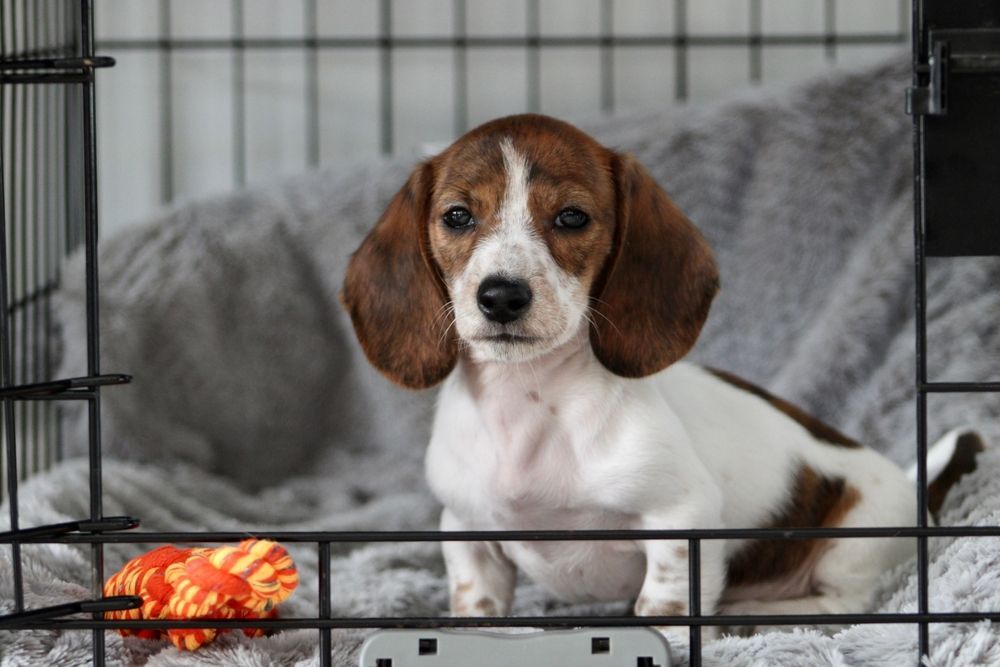
Addressing Separation Anxiety
Separation anxiety often requires a more tailored approach to crate training. Start by making the crate a comforting space with familiar items like a blanket or toy. Practice leaving your puppy for short periods, increasing the time incrementally to help them adjust to being alone.
Consider adding calming aids, such as a crate cover or soothing sounds, to help your puppy relax. Over time, they’ll learn that being alone is temporary and nothing to fear.
Key Benefits and Encouragement for Patience
Crate training gives your puppy the tools they need to thrive—from housebreaking to providing a secure space for rest. It also creates structure and helps curb problem behaviors, fostering a confident, well-adjusted dog.
Progress takes time, but patience is key. Celebrate small victories and stay consistent, knowing your efforts will lead to a stronger bond and a happier home.
Find a Dog Trainer Near You!
Raising a well-behaved puppy takes time, patience, and the right approach. If you’re feeling unsure or need extra support, Always Faithful Dog Training offers expert guidance tailored to your puppy’s needs.
Our trainers specialize in personalized, in-home methods that address challenges like crate training and create lasting results. Call or text today to connect with a trainer near you and set your puppy up for success.
Connect with Us:

